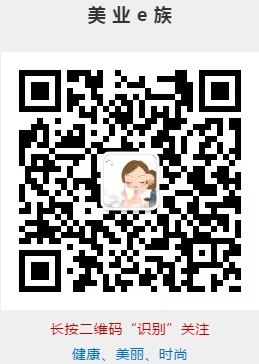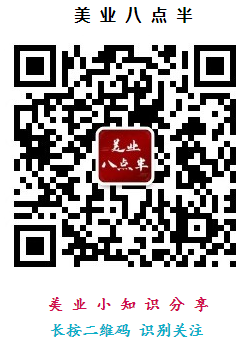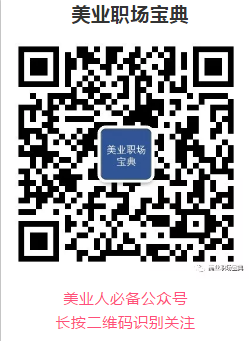
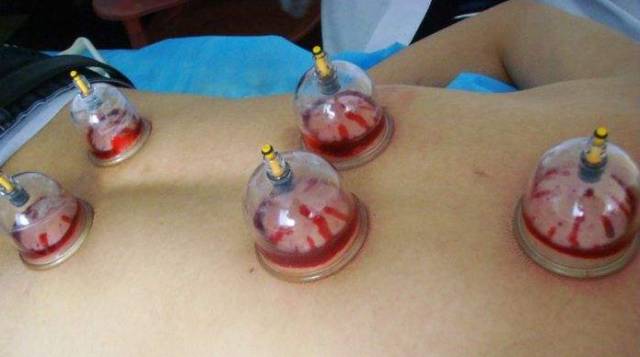
Definition of Bloodletting Therapy
Bloodletting therapy, known as cì luò fàng xuè (刺络放血), is a unique acupuncture treatment method in Traditional Chinese Medicine (TCM). It is one of the most commonly used therapeutic techniques since the era of the Nei Jing (《内经》), which even considers bloodletting as the first choice for treating diseases and alleviating suffering.
This method involves using a three-edged needle or a thick, sharp needle to puncture specific acupuncture points or superficial blood vessels on the patient, allowing a controlled amount of blood to be released to achieve therapeutic effects.
Effects of Bloodletting Therapy1Antipyretic Effect
In TCM, fever is primarily categorized into two types: excess Yang heat and others. The antipyretic effect of bloodletting is applicable to the former.
Since excess Yang energy leads to an abundance of blood, bloodletting can reduce this excess, thereby diminishing the邪热 (xie re, pathogenic heat) in the blood vessels and normalizing the body’s Qi and blood.
2Analgesic Effect
TCM holds that “where there is obstruction, there is pain; where there is pain, there is obstruction.” This means that diseases with pain symptoms must have blockages in their meridians.
Bloodletting can directly expel the stagnant pathogenic factors from the meridians, alleviating the obstruction, thus allowing the meridians to flow freely and immediately relieving pain.
Many acute conditions, such as headaches and muscle pain, have shown rapid improvement with bloodletting therapy.3Detoxifying Effect
The detoxifying effect in TCM refers to the body’s inability to resist toxic pathogens due to pathological conditions, leading to symptoms such as “red thread sores” caused by excessive toxic heat.
Bloodletting not only expels the invading toxins through the blood but also plays a crucial role in “regulating blood and Qi,” helping restore normal bodily functions and suppressing the spread and regeneration of pathogenic factors.
4Heat-Reducing Effect
TCM believes that internal heat disturbances can lead to various diseases, often manifesting as irritability, swelling and pain in the limbs, and even fever and confusion.
Bloodletting can directly expel the heat邪 (xie, pathogenic heat) through the blood, making it suitable for various heat-related conditions.
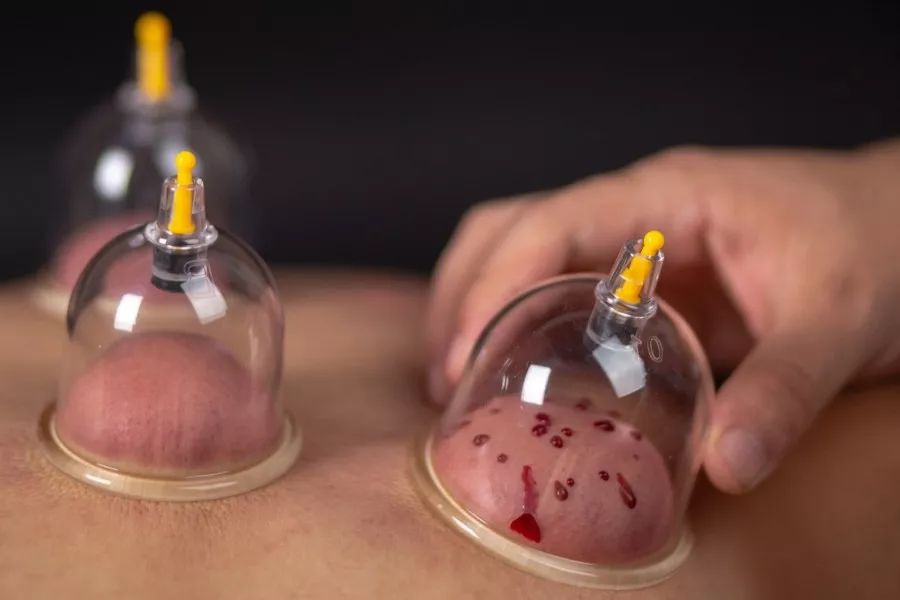
5Swelling-Reducing Effect
Swelling and pain are often caused by Qi stagnation and blood stasis, leading to obstruction in the meridians.
Bloodletting can directly eliminate the stagnant Qi and pathogenic factors in the local meridians, promoting unobstructed flow and achieving the goal of reducing swelling.
6Itch-Relieving Effect
Itching is a manifestation of wind邪 (xie, pathogenic wind) present in the blood vessels, hence the treatment principle of “treating wind by first treating blood; when blood flows, wind is dispelled.”
Bloodletting regulates blood and Qi, ensuring smooth blood flow, thus eliminating the wind邪 and relieving itching.
7Numbness-Relieving Effect
Qi deficiency may fail to guide blood to the extremities, or blood deficiency may fail to nourish, often resulting in numbness.
Using fine needles to puncture the acupuncture points on the affected limbs to release a small amount of blood is guided by the theory of blood moving Qi, yielding good results.
8Anti-Nausea Effect
Acute vomiting often results from excessive heat or liver Qi counterflow invading the stomach or food stagnation. Bloodletting can reduce heat and calm liver counterflow, as well as facilitate the downward movement of stagnant food in the intestines, thus alleviating nausea and vomiting.
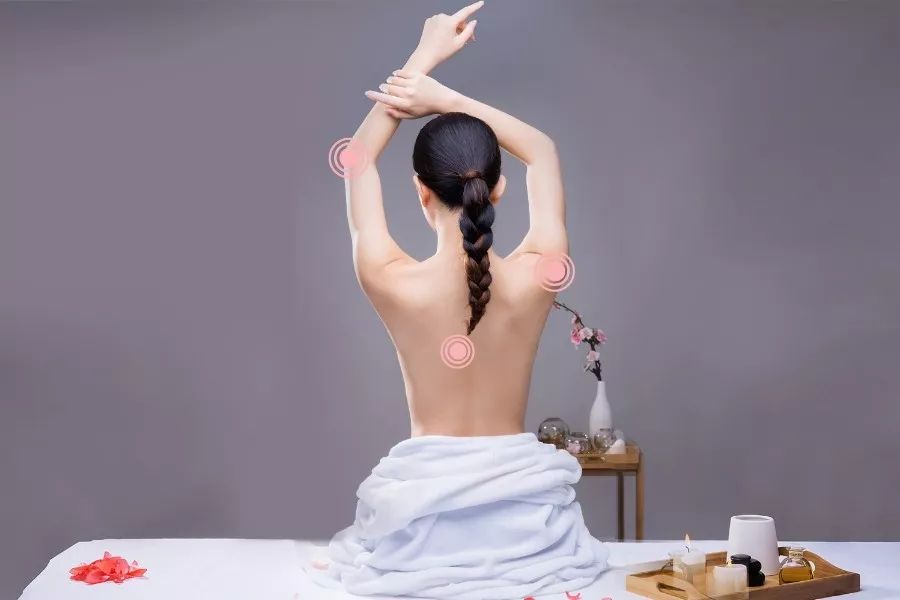
Methods of Bloodletting Therapy01Segmental Bloodletting Method
This method selects acupuncture points based on the location of the disease. For conditions affecting the head, puncture the taiyang (太阳) point; for conditions above the navel, puncture the chize (尺泽) or quze (曲泽) points; for conditions below the navel, puncture the weizhong (委中) point. These points are located near superficial major veins and are suitable for puncturing; the Ling Shu (《灵枢·九针论》) states that the Taiyin, Jueyin, and Taiyang meridians are all blood-rich meridians. For those with abundant blood, bloodletting is advisable, and the taiyang point is an extraordinary point effective for treating head and facial diseases, while chize and weizhong are combined points primarily addressing internal organ disorders, hence their frequent use.
In clinical practice, it is often necessary to combine other points for puncturing. This method is mainly used for deeper diseases or internal organ disorders, where there are both local primary symptoms and accompanying systemic symptoms.
For example, for headaches with red, swollen eyes accompanied by fever, puncture the taiyang point for bloodletting and also puncture the hegu (合谷) point; for headaches and sore throat with fever, puncture the taiyang point for bloodletting and also puncture the shaoshang (少商) and quchi (曲池) points; for red, swollen, painful breasts with fever, puncture the chize point for bloodletting and apply local heat; for upper abdominal pain and vomiting with fever, puncture the chize point for bloodletting and also puncture the zhongwan (中脘) and liangqiu (梁丘) points; for lower right abdominal pain with constipation and fever, puncture the weizhong point for bloodletting and also puncture the zusanli (足三里) and tianshu (天枢) points; for lower abdominal pain with pus and blood in the stool accompanied by fever, puncture the weizhong point for bloodletting and also puncture the quchi and tianshu points.
02Meridian Following Bloodletting Method
This method is guided by the theory of “where the meridian passes, the treatment follows” to perform bloodletting along a specific meridian or several affected meridians. In clinical practice, the disease is categorized according to the meridian it affects, and bloodletting is performed along the surface meridians, following the path of the meridian and the direction of the collaterals.
This method is not limited to acupuncture points or painful areas but can also involve puncturing superficial veins along the path of the affected meridian, emphasizing “better to lose the point than the meridian.”
For example: for acute low back pain on both sides of the spine, which belongs to the foot Taiyang meridian, puncture the weizhong point for bloodletting and also puncture the most painful area of the lower back; for pain along the spine, puncture the du (督脉) meridian; for wind-heat mastitis with sore throat and difficulty breathing, puncture the shaoshang point for bloodletting and also puncture the tianzhu (天柱) point; for vertex headache, dizziness, and eye swelling, puncture the baihui (百会) and taiyang points for bloodletting and also puncture the fengchi (风池) point.
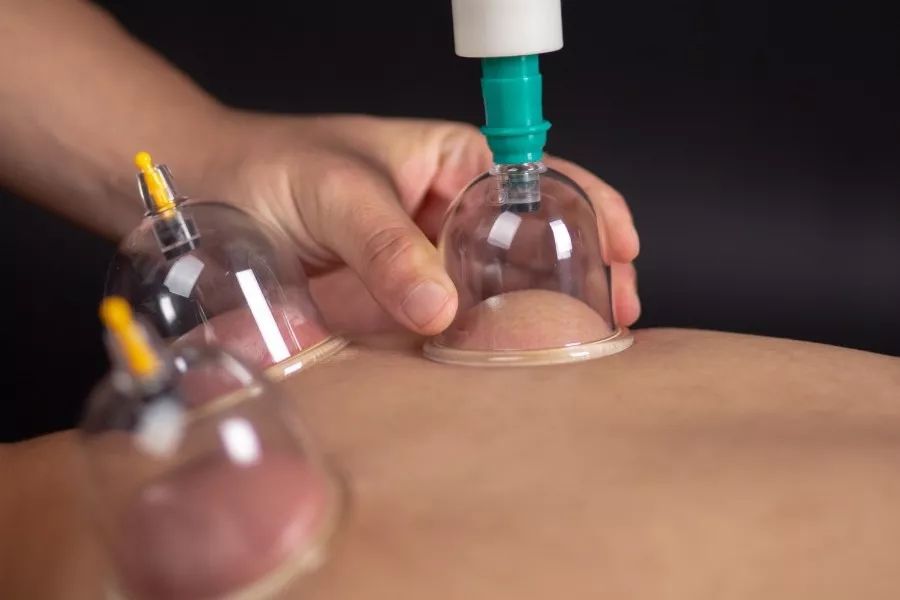
03Pattern Differentiation Bloodletting Method
This method is guided by the theories of organ differentiation, Qi and blood differentiation, and meridian differentiation to select acupuncture points and perform bloodletting accordingly.
For example: for women with dysmenorrhea and cold pain in the lower abdomen, where abdominal pain precedes menstruation, this indicates Qi stagnation and blood stasis, with obstruction in the foot three Yin meridian. Puncture the sanyinjiao (三阴交) point, which benefits the liver and kidney and regulates the menstrual cycle, similar to the effects of Si Wu Tang (四物汤), and also puncture the qihai (气海) point to regulate Qi; for skin itching and redness, indicating heat in the blood, puncture the sanyinjiao and xuehai (血海) points to regulate blood, clear heat, and adjust the menstrual cycle, supplemented by puncturing the quchi point to dispel wind and the shaofu (少府) point to clear the heart and dispel heat; for acute ankle sprains, indicating local Qi stagnation and blood stasis, puncture the ashi (阿是) and taichong (太冲) points for bloodletting to promote Qi and blood flow; for carbuncles and boils, based on the principle that “all pain and itching belong to the heart,” puncture the quze point to dispel heat from the heart; if accompanied by fever, also puncture the dazhui (大椎) and quchi points; if the sore appears on the back of the neck, also puncture the weizhong point to clear heat from the Taiyang meridian; if it appears in the hypochondriac region, also puncture the yanglingquan (阳陵泉) point to clear heat from the Shaoyang meridian; if it appears in the limbs, puncture along the meridian or the ashi point for bloodletting to dispel heat and detoxify.
04Local Bloodletting Method
This method involves performing bloodletting at the site of the disease, either at acupuncture points or in localized areas, and is mainly suitable for localized and superficial conditions.
For example: for swollen and stiff tongue, puncture the jinjing (金津) and yuye (玉液) points; for toothache and gum swelling, perform bloodletting at the affected area and puncture the hegu point; for psoriasis with itching and scaling, use plum blossom needles to prick the local area for bloodletting, combined with cupping; for late-stage filariasis presenting as “rubber leg,” puncture the affected leg in various locations; for joint sprains and swelling, puncture the painful area for bloodletting.
05Emergency Bloodletting Method
This method is specifically used for emergencies and critical conditions,with four main characteristics:
① At the extremities, or puncturing the twelve jing points;
② At superficial major veins;
③ Using extraordinary points outside the meridians;
④ Selecting points on the du (督脉) and xinbao (心包) meridians.
This method provides strong stimulation, rapid effects, and can open meridians, expel heat, and awaken consciousness.
For example, for unconsciousness due to syncope, puncture the shixuan (十宣) points for bloodletting and also puncture the renzhong (人中) point; for stroke with locked jaw, puncture the taiyang, quze, and weizhong points for bloodletting, or puncture the twelve jing points, and also puncture the yongquan (涌泉) and laogong (劳宫) points; for snake bites on the upper limb, puncture the quze and baxie (八邪) points for bloodletting; for bites on the lower limb, puncture the sanyinjiao and bafeng (八风) points for bloodletting; for heatstroke, puncture the quze and shixuan points for bloodletting, and also puncture the yongquan point.

Corresponding Acupuncture Points for Different Symptoms1Intracerebral Hemorrhage (Stroke)
For any bleeding, there is often unconsciousness, thus puncture the yintang (印堂), taiyang, taichong, and shixuan points to release 1-5 drops of blood, which can promote early awakening and reduce the severity of hemiplegia. Remember: if a patient remains unconscious for more than 24 hours, the rate of hemiplegia is over 90%. If it exceeds 72 hours, there is a 100% chance of hemiplegic sequelae, which is extremely difficult to treat. Therefore, promoting early awakening is a crucial technique; once the patient awakens, puncture the dazhui, quchi, and weizhong points for bloodletting to enhance recovery prospects.
2Bone Nerve Pain
If it belongs to gallbladder meridian pain (outer thigh and calf pain), carefully examine the yanglingquan (阳陵泉) and fenglong (丰隆) points for any visible blood vessels; if present, bloodletting may lead to recovery.
3Long-lasting Sores and Boils
Puncture the heart point after bloodletting.
4Initial Stage of Conjunctivitis, Stye
Puncture the taiyang point for bloodletting, releasing 7-9 drops of blood, and also puncture the tips of the second toes to release 3-5 drops of blood; this can lead to recovery by the next day.
5Rheumatism
Puncture 3 inches beside the third, fourth, and fifth thoracic vertebrae for bloodletting, which has shown significant effects; many patients with severe conditions have recovered after 1-2 treatments.
6Gastric and Duodenal Ulcers
Puncture the blue veins from the neiting (内庭) to the jiexi (解溪) points, and also puncture near the outer ankle. For gastric ulcers, look for blood vessels within 0.5 inches above and 2.5 inches below the tiao口 (条口) point.
7Chronic Nephritis
(1) Puncture the ruyu (儒俞) point for bloodletting if there is yellow fluid; once the yellow fluid is gone, the patient will recover.
(2) Puncture around the kidneys.
(3) Puncture around the navel (do not puncture the center of the navel).
8Hepatitis Bloodletting
Puncture the yangjiao (阳交), zusanli, quze, yanglingquan, and sanyinjiao points.
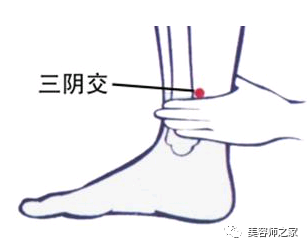
9Cirrhosis with Ascites
Use the hepatitis points plus: shenyu (肾俞), yaoyu (腰俞), and tiao口 (条口) points (0.5 inches above and 0.5 inches outside), and also puncture the ganxu (肝俞) point.
10Effective Points for Hemorrhoids
(1) Puncture the chaojiao (龊交) point (inside the mouth) to find the white grain point; 1-3 treatments can lead to recovery.
(2) For red, swollen, and ulcerated anal areas, puncture the weizhong point, which will reduce pain.
11Insomnia
(1) Puncture the shenmen (神门), xingjian (行间), and zusanli points.
(2) Puncture the dazhui, shenda (神道), and zhongwan points, followed by cupping.
12Cervical Spondylosis
Puncture the tender points, tianzong (天宗), jianzheng (肩贞), and chize points.
13Chest Internal Injuries
Puncture the dazhui, jianjing (肩井), and then the injured area.
14Shoulder Periarthritis
Puncture the shenkua (肾关) point (1.5 inches below yanglingquan) and the chize point; one treatment can yield results.
15Acute and Chronic Throat Diseases
Puncture the dazhui, erjian (耳尖), erbei (耳背静脉), shaoshang, quchi, and taiyang points; bloodletting will reduce pain.
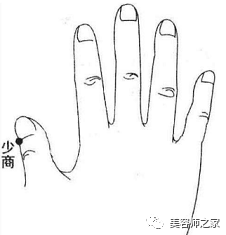
16Impotence
(1) Puncture the shenyu, fuliu (复溜) points for bloodletting, and also puncture the guanyuan (关元) and shenkua points, followed by cupping for 15 minutes.
(2) Puncture the sanyinjiao, mingmen (命门), and perform cupping on the shenyu and xuehai points.
17Hypertension
Puncture the taiyang, dazhui, erjian, and quchi points; bloodletting will immediately lower blood pressure. Note: do not drink water within one hour after bloodletting, as it may reduce effectiveness.
18Asthma
Puncture the dazhui, feiyu (肺俞), fengmen (风门), gaomang (膏盲), and lieque (列缺) points for bloodletting; also puncture the zhongfu (中府) and dazhui points followed by cupping for 15 minutes.
19Hyperlipidemia
Puncture the dazhui, taiyang, yaoyu, weizhong, and quchi points.
20Rheumatic Heart Disease
Puncture the yangjiao, chize, and taiyang points.
21Otitis Media
Puncture the outer ankle joint for bloodletting.
22Epilepsy
(1) Puncture the taiyang, quze, weizhong, and yangjiao points.
(2) Puncture the shaoshang and renzhong points for bloodletting; also puncture the ganxu and dazhui points followed by cupping for 15 minutes.
(3) Locate the painful points at the lower part of the back of the neck and the neiguan (内关) point for bloodletting using plum blossom needles.
23Mental Illness
Puncture the taiyang, quze, weizhong, shuchong (术冲), yangjiao, fenglong, and xinyu (心俞) points; bloodletting followed by cupping.
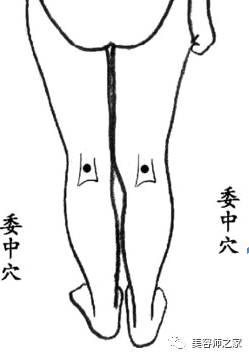
For diseases that have not responded to any treatment, bloodletting at the ankles, elbows, wrists, and knees to find visible blood vessels may yield unexpected results.
Note: Bloodletting should generally not be performed at night; it is best done in the late morning or noon. This method is not suitable for individuals with weak constitutions, pregnant women, or those with coagulation disorders. It is particularly emphasized that the technique should be steady, precise, and gentle, avoiding excessive force, and the amount of bloodletting should not be too much.
MORE | More Knowledge
Enter keywords on our public account homepage to search for more knowledge:Dermatology, Meridians, Facial Diagnosis, Moxibustion, Gua Sha, Cupping, Mud Moxibustion, Lymphatic, Breast, Cold in the Uterus, Dampness, Hip Therapy, Liver and Gallbladder, …
Long press the QR code to recognize and follow